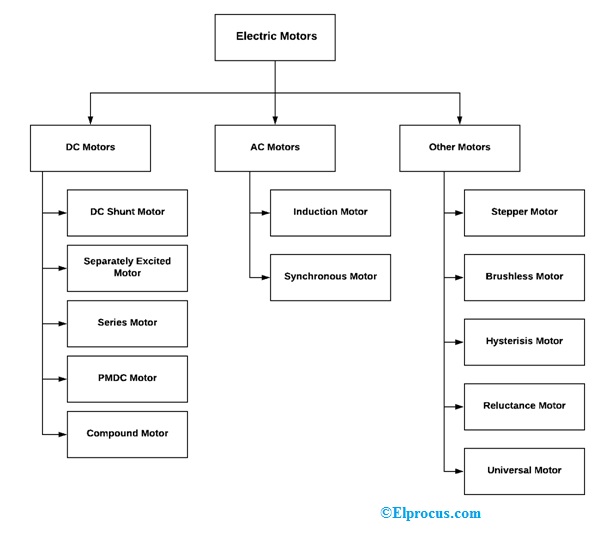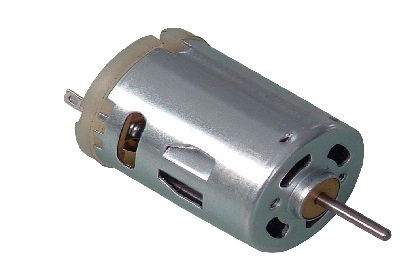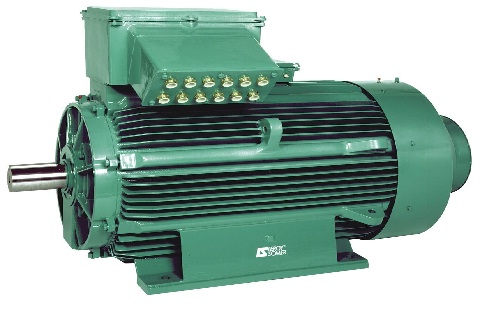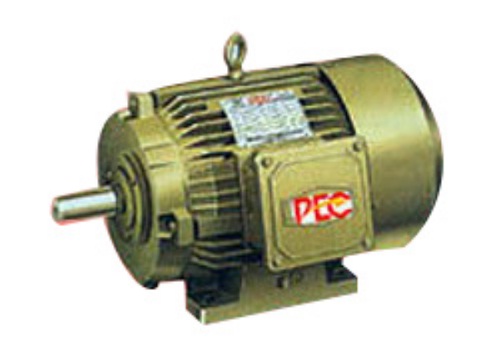Different Types of Electric Motors and Their Applications
As we know, an electric motor plays a vital role in every sector of the industry, and also in a wide range of applications. There are a variety of types of electric motors are available in the market. The selection of these motors can be done based on the operation and voltage and applications. Every motor has two essential parts namely the field winding & the armature winding. The main function of field winding is to produce the fixed magnetic field, whereas the armature winding looks like a conductor which is arranged within the magnetic field. Because of the magnetic field, the armature winding uses energy to generate an adequate torque to make the motor shaft turn. Currently, the classification of the DC motor can be done based on the winding connections, which means how the two coils in the motor are connected with each other.
Mục Lục
Types of Electric Motors
The types of Electric motors are available in three main segments like AC motor, DC motor, & special purpose motors.

DC Motors
The types of dc motors mainly include Series, Shunt, and Compound wound & PMDC Motor.

1). DC Shunt Motor
DC shunt motor works on DC and the windings of this electric motor like the armature windings and field windings are linked in parallel which is known as a shunt. This kind of motor is also called as shunt wound DC motor, where the winding type is known as a shunt winding. Please refer to this link to know more about DC shunt motor working and applications
2). Separately Excited Motor
In separately excited motor, the connection of stator and rotor can be done using a different power supply. So that the motor can be controlled from the shunt and the armatures winding can be strengthened to generate flux.
3). DC Series Motor
In DC series motor, rotor windings are connected in series. The operation principle of this electric motor mainly depends on a simple electromagnetic law. This law states that whenever a magnetic field can be formed around conductor & interacts with an external field to generate the rotational motion. These motors are mainly used in starter motors which are used in elevators and cars. Please refer to this link to know more about DC series motor working & its applications
Please refer to this link to know more about DC MOTOR – Basics, Types & Application
4). PMDC Motor
The term PMDC stands for “Permanent Magnet DC motor”. It is one kind of DC motor which can be inbuilt with a permanent magnet to make the magnetic field necessary for the electric motor operation. Please refer to this link to know more about PMDC Motor: Construction, Working, and Applications
5). DC Compound Motor
Generally, DC compound motor is a hybrid component of DC series and shunt motors. In this type of motor, both the fields like series and shunt are present. In this type of electric motor, the stator and rotor can be connected to each other through a series & shunt windings compound. The series winding can be designed with few windings of wide copper wires, which gives a small resistance path. The shunt winding can be designed with multiple windings of copper wire to get the full i/p voltage.
AC Motors
The types of ac motors mainly include synchronous, asynchronous, induction motor.

1). Synchronous Motor
The working of the synchronous motor mainly depends on the 3-phase supply. The stator in the electric motor generates the field current which rotates in a stable speed based on the AC frequency. As well as the rotor depends on the similar speed of the stator current. There is no air gap among the speed of stator current and rotor. When the rotation accuracy level is high, then these motors are applicable in automation, robotics, etc. Please refer to this link to know more about synchronous motor types and applications.
2). Induction Motor
The electric motor which runs asynchronous speed is known as induction motor, and an alternate name of this motor is the asynchronous motor. Induction motor mainly uses electromagnetic induction for changing the energy from electric to mechanical. Based on the rotor construction, these motors are classified into two types namely squirrel cage & phase wound. Please refer to this link to know more about induction motor types and advantages
Special Purpose Motors
The special purpose motors mainly include servo motor, stepper motor, linear induction motor, etc.

1). Stepper Motor
The stepper motor can be used to offer step angle revolution, as an alternative to stable revolution. We know that for any rotor, the whole revolution angle is 180degrees. However, in a stepper motor, the complete revolution angle can be separated in numerous steps like 10 degree X 18 steps. This means, in a total revolution cycle the rotor will go stepwise eighteen times, every time 10 degree. Stepper motors are applicable in plotters, circuit fabrication, process control tools, usual movement generators, etc. Please refer to this link to know more about stepper motor types and its applications
2). Brushless DC Motors
The brushless DC motors were first developed for achieving superior performance within a lesser space than brushed DC motors. These motors are lesser when compared with AC models. A controller is embedded into the electric motor to facilitate the process within the lack of a commutator and a slip ring. Please refer to this link to know more about Brushless DC Motor – Advantages, Applications & Control
3). Hysteresis Motor
The operation of the hysteresis motor is extremely unique. The rotor of this motor can be induced hysteresis and eddy current to generate the required task. The motor working can depend on the construction, 1-phase supply otherwise 3-phase supply. These motors give a very smooth process with stable speed, similar to other synchronous motors. The noise level of this motor is quite small, due to this reason they are applicable in numerous complicated applications wherever the soundproof motor is used such as sound player, audio recorder, etc.
4). Reluctance Motor
Basically, reluctance motor is a 1-phase synchronous motor & this motor construction is quite same with induction motor like cage type. The rotor in the motor is like squirrel cage type & the stator of the motor include sets of windings such as auxiliary and main winding. The auxiliary winding is very useful at the beginning time of the motor. As they offer a level operation at a stable speed. These motors are commonly used in synchronization applications which include signal generators, recorders, etc.
5). Universal Motor
This is a special kind of motor and this motor works on single AC supply otherwise DC supply. Universal motors are series wound where the field and armature windings are connected in series and thus generates high starting torque. These motors are mainly designed for operating at high-speed above 3500 rpm. They utilize AC supply at low-speed and DC supply of similar voltage. Please refer to this link to know more about Universal Motor
Thus, this is all about types of electric motors. At present, there are different and flexible. The purpose of the motor is whenever a motion control is required, this is the best choice. The motor must support the use and overall act of the system. Here is a question for you, what are special type motors?















![Toni Kroos là ai? [ sự thật về tiểu sử đầy đủ Toni Kroos ]](https://evbn.org/wp-content/uploads/New-Project-6635-1671934592.jpg)


